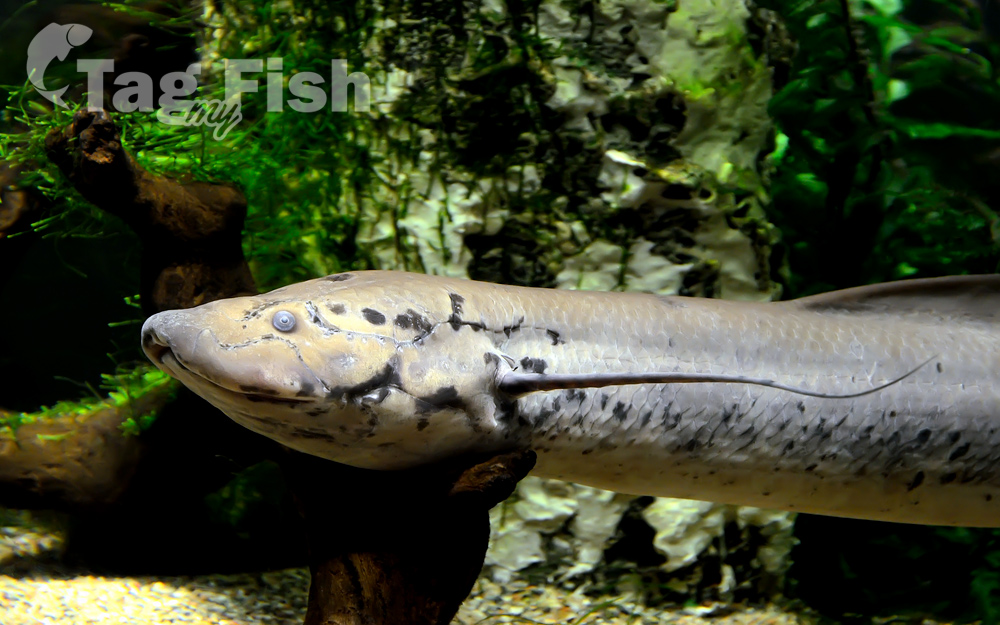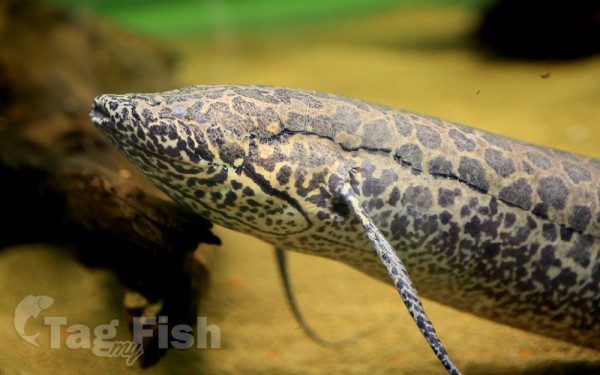Ceratodontiformes - Lungfishes

Classification
Description
Lungfish are freshwater rhipidistian vertebrates belonging to the order Ceratodontiformes. Lungfish are best known for the ability to breathe air and the presence of lobed fins with a well-developed internal skeleton. Lungfish represent the closest living relatives of the tetrapods.
Today there are only six known species of lungfish, living in Africa, South America, and Australia.
All modern lungfish show significant reductions and fusions of the bones of the skull roof, and the specific bones of the skull roof show no homology to the skull roof bones of ray-finned fishes or tetrapods.
The modern lungfishes have a number of larval features, which suggest paedomorphosis. They also demonstrate the largest genome among the vertebrates.
Modern lungfish all have an elongate body with fleshy, paired pectoral and pelvic fins and a single unpaired caudal fin replacing the dorsal, caudal and anal fins of most fishes.
Lungfish have a highly specialized respiratory system. They have a distinct feature in that their lungs are connected to the larynx and pharynx without a trachea. While other species of fish can breathe air using modified, vascularized gas bladders, these bladders are usually simple sacs, devoid of complex internal structure. In contrast, the lungs of lungfish are subdivided into numerous smaller air sacs, maximizing the surface area available for gas exchange.
Most extant lungfish species have two lungs, with the exception of the Australian lungfish, which has only one. The lungs of lungfish are homologous to the lungs of tetrapods. As in tetrapods and bichirs, the lungs extend from the ventral surface of the esophagus and gut.
Perfusion of water
Of extant lungfish, only the Australian lungfish can breathe through its gills without needing air from its lungs. In other species, the gills are too atrophied to allow for adequate gas exchange. When a lungfish is obtaining oxygen from its gills, its circulatory system is configured similarly to the common fish. The spiral valve of the conus arteriosus is open, the bypass arterioles of the third and fourth gill arches (which do not actually have gills) are shut, the second, fifth and sixth gill arch arterioles are open, the ductus arteriosus branching off the sixth arteriole is open, and the pulmonary arteries are closed. As the water passes through the gills, the lungfish uses a buccal pump. Flow through the mouth and gills is unidirectional. Blood flow through the secondary lamellae is countercurrent to the water, maintaining a more constant concentration gradient.














